Hallux valgus: the most frequent structural alteration of the first radius
 Hallux abductus valgus is a deformity affecting the metatarsophalangeal joint of the first radius of the foot as well as the sesamoids and first toe. It is characterized by the deviation of the first toe medial axis relative to the body and by rotation of the valgus. This causes a dislocation of the metatarsophalangeal joint, affecting ligaments, joint capsule, sesamoids and muscles. In severe cases there is metatarsal rotation, displacement of the glenosesamoid bun and some tendons. The abductor tendon takes the form of an arch, the extensor moves forming a bowstring and the tendon of the long and short flexor are also redistributed.
Hallux abductus valgus is a deformity affecting the metatarsophalangeal joint of the first radius of the foot as well as the sesamoids and first toe. It is characterized by the deviation of the first toe medial axis relative to the body and by rotation of the valgus. This causes a dislocation of the metatarsophalangeal joint, affecting ligaments, joint capsule, sesamoids and muscles. In severe cases there is metatarsal rotation, displacement of the glenosesamoid bun and some tendons. The abductor tendon takes the form of an arch, the extensor moves forming a bowstring and the tendon of the long and short flexor are also redistributed.
We call bunion the bony prominence or enlargement of the metatarsophalangeal joint of the first radius (due to inflammation, arthritis, bursitis, etc.). The causes can be hereditary or acquired. As far as heredity cause is concerned, we think that the morphology of the foot is inherited (the hallux valgus is autosomal dominant). It presents itself as a juvenile or morphological hallux valgus. The juvenile hallux valgus, as the name suggests, appears at an early age while morphological inheritance of bone will favour the appearance of hallux valgus. Bone morphology plays an important role in the length of the first toe, the first cuneiform and the shape of the metatarsal head.
The acquired causes depend on several factors:
- Social factors: the use of tight-fitting pointed shoes or high heels.
- Biomechanic factores such as forefoot pronation in flat feet, club foot, dynamic abductors or abductors, hypermobile first radio, etc.
- Traumatic factors: history of sprains and fractures. Rheumatoid factors: due to inflammatory joints.
- Amputations: lack of middle toes can deform the adjacent toes.
- Hormonal factors: the increase in relaxin during pregnancy may favour the development of hallux.
- Cysts: synovial cysts weaken the joint capsule.
There are several causes of juvenile hallux valgus, some of which are hereditary, biomechanical and others (cerebral palsy, neurological disorders, intrinsic muscle imbalance, etc.). The treatment of hallux valgus can be conservative or surgical depending entirely on the case. The use of conservative treatment is recommended in patients who do not have frequent pain or pain of a certain intensity except for cases where the hallux valgus is closely associated with severe arthritis, metatarsalgia or biomechanical alterations of the knee and hip. Surgery for esthetic treatment should be avoided. Conservative treatment, with physiotherapy and “orthotic” stabilisers, prevents the increase of hallux valgus.
The use of surgery as a treatment of choice is essential when the discomfort caused by hallux valgus is frequent or incapacitates one from walking. It is very important to have the most appropriate surgical technique for each case. We should note that there are over a hundred hallux valgus surgical techniques, so it is imperative to evaluate such basic parameters as the mobility of the first radius, the biomechanical examination and radiological assessment.

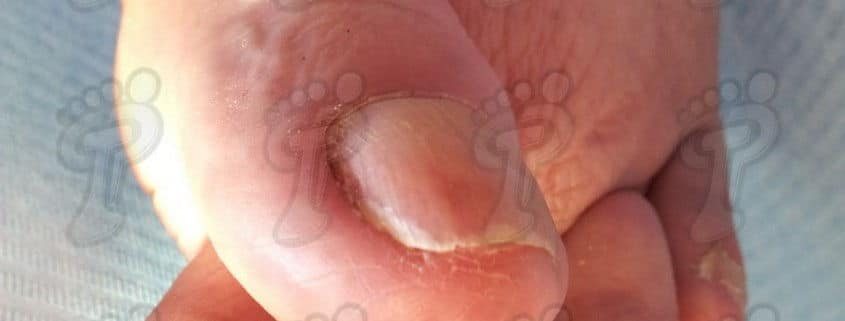
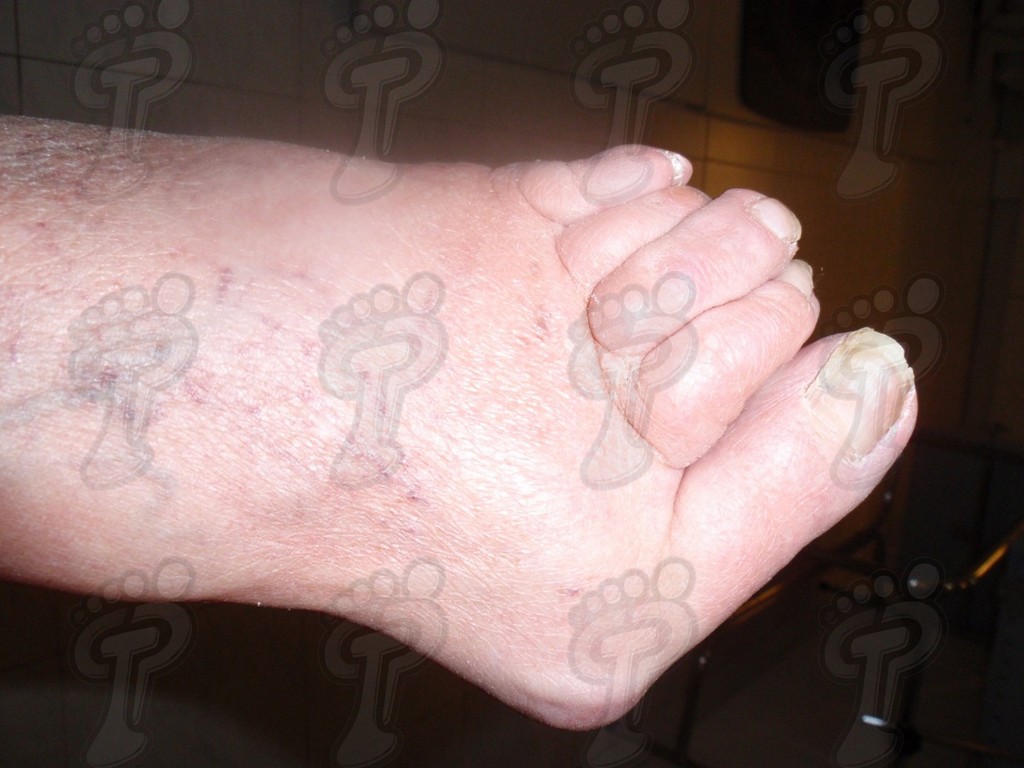
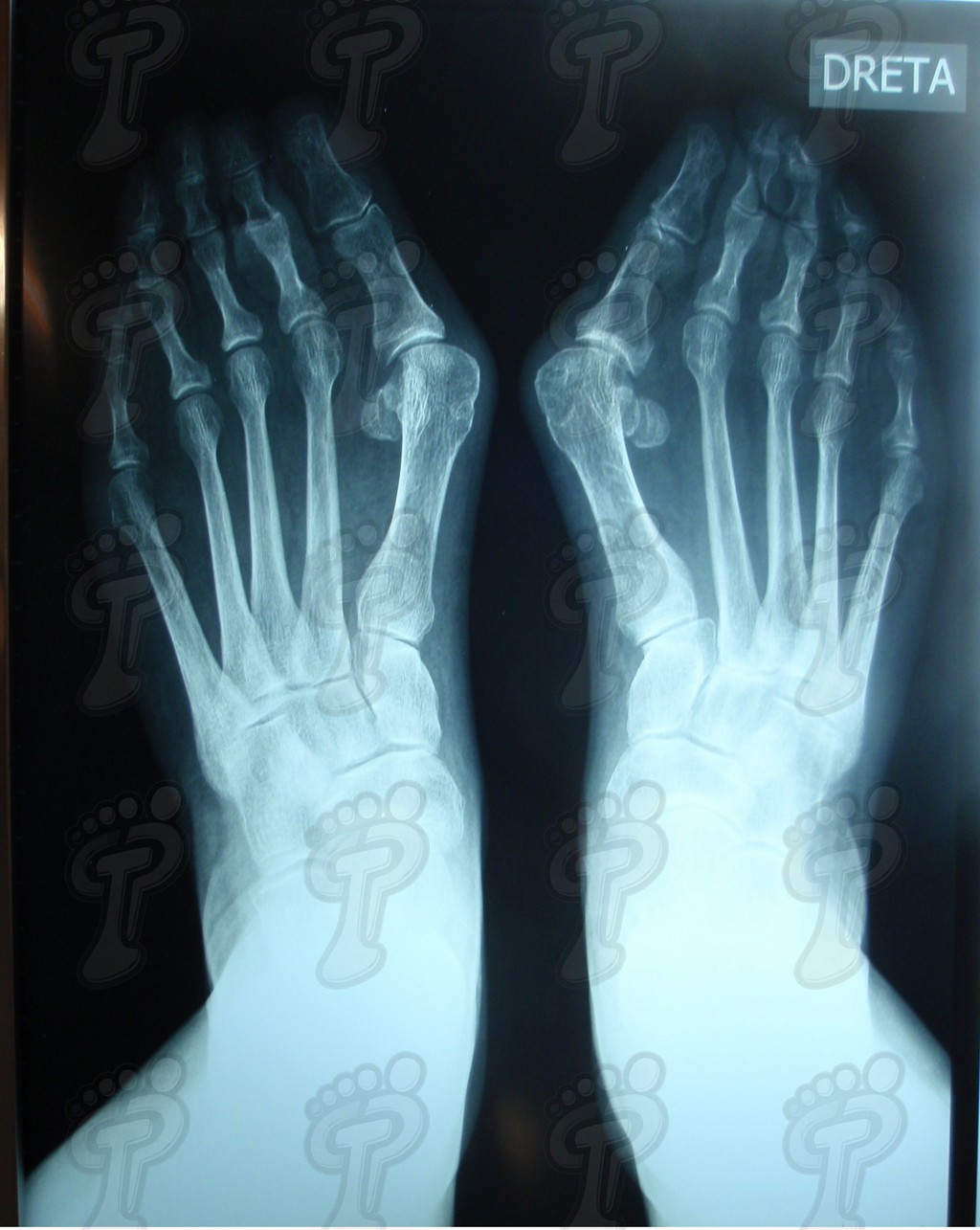
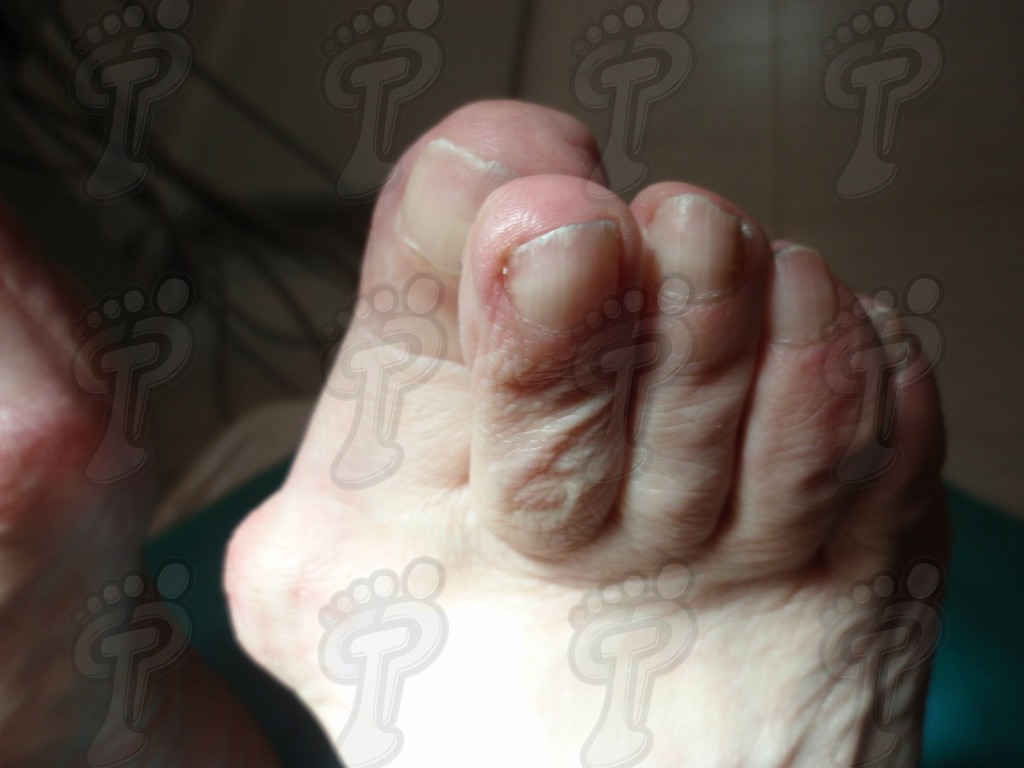
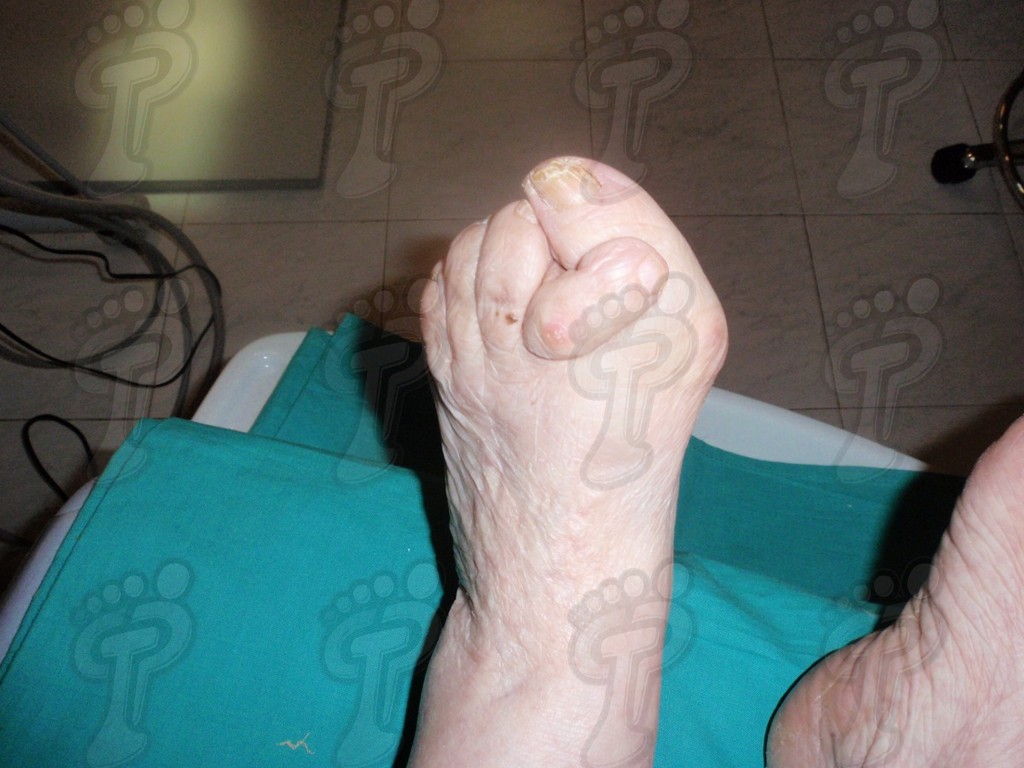
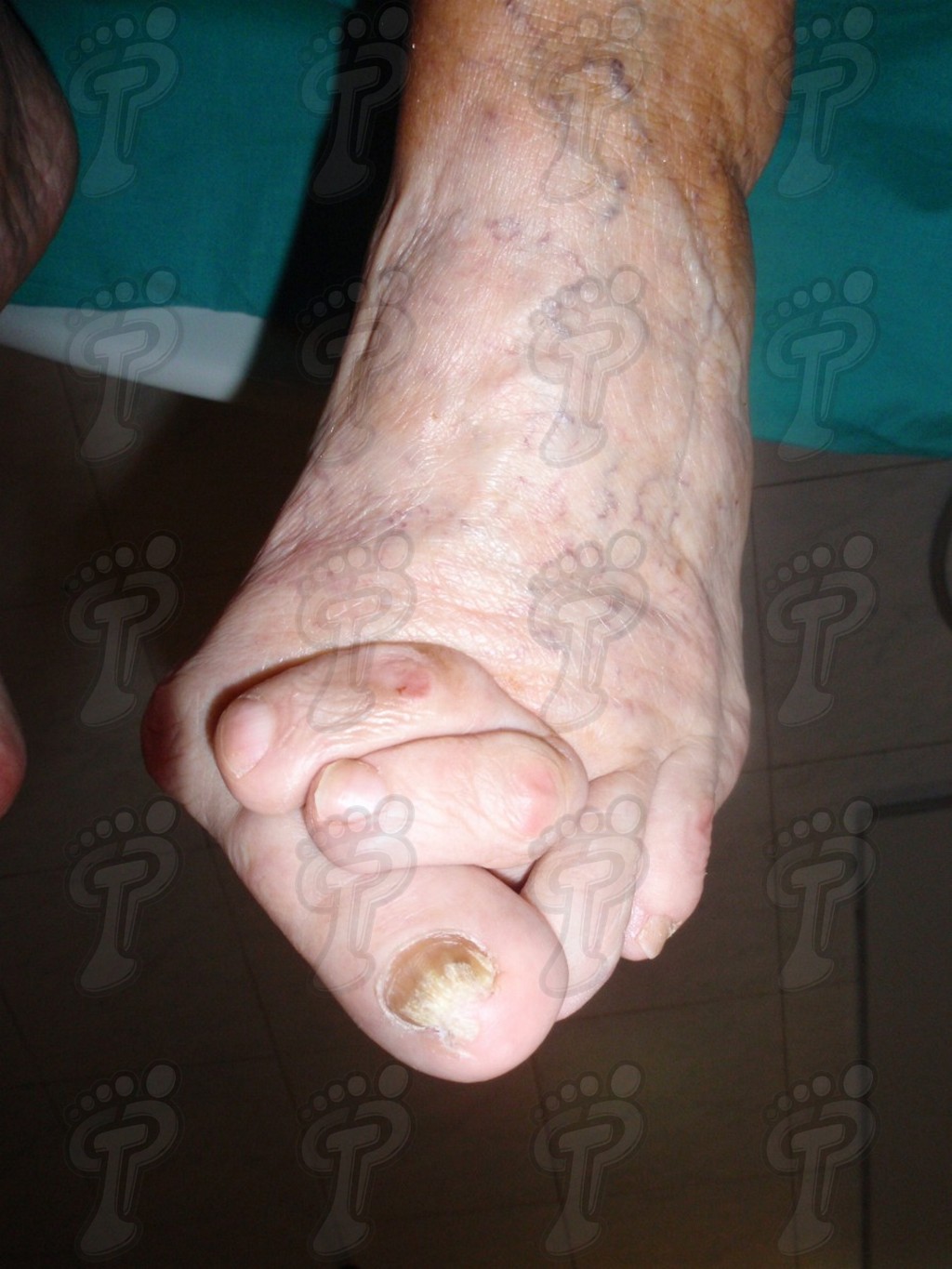
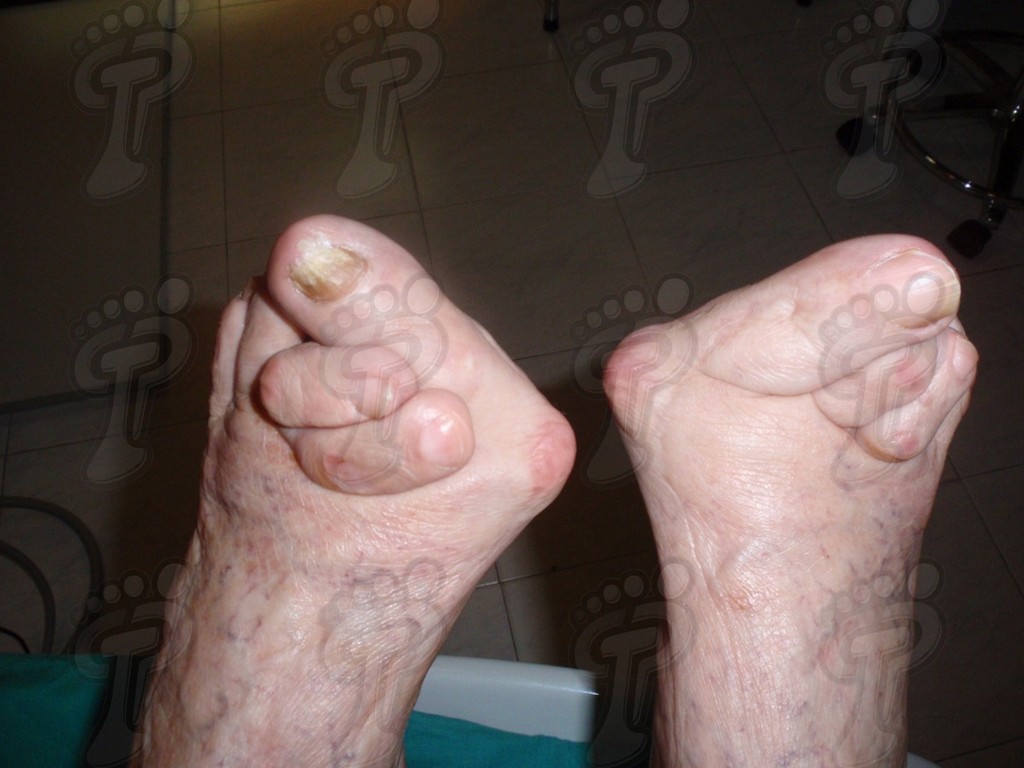
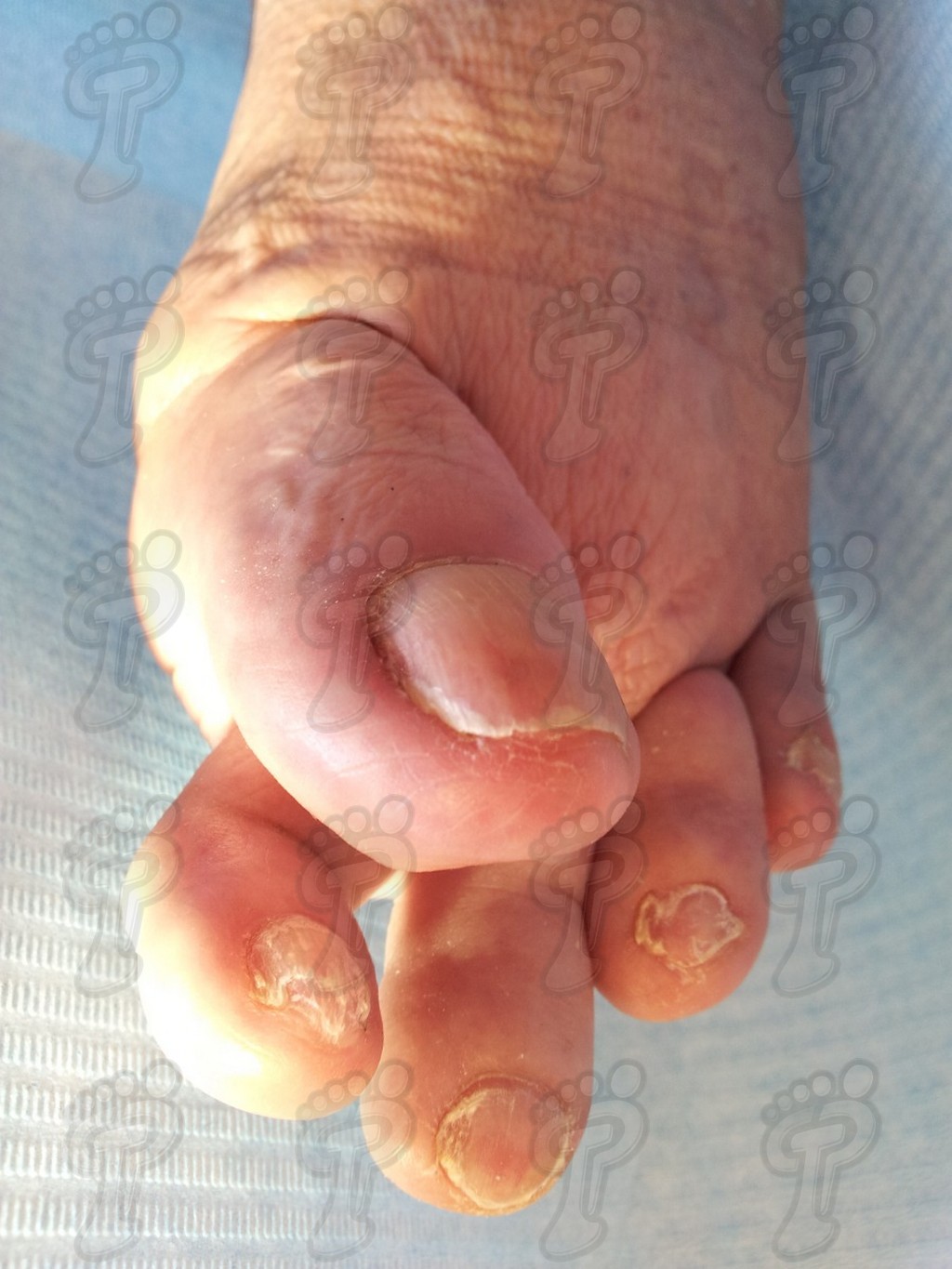
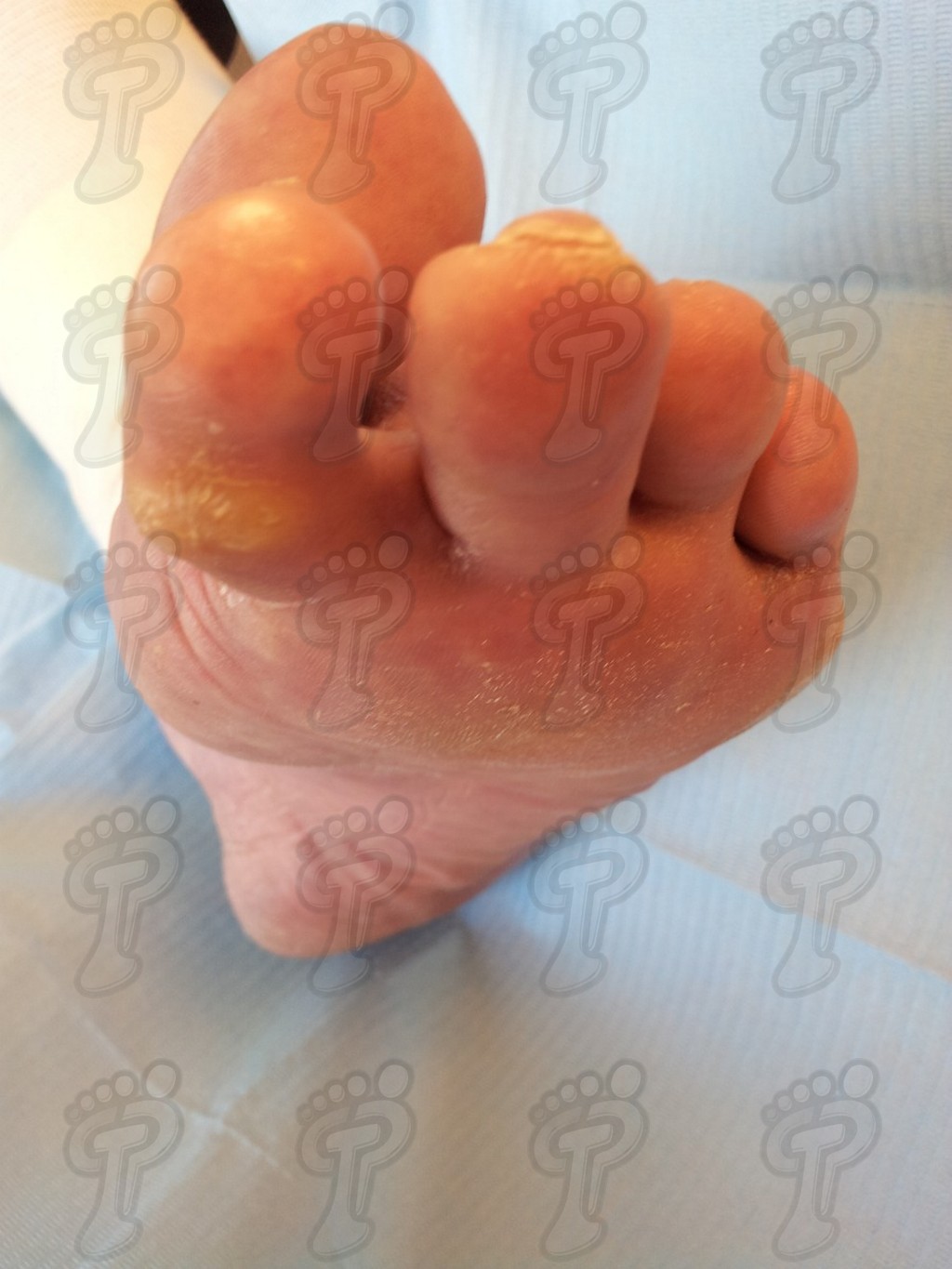
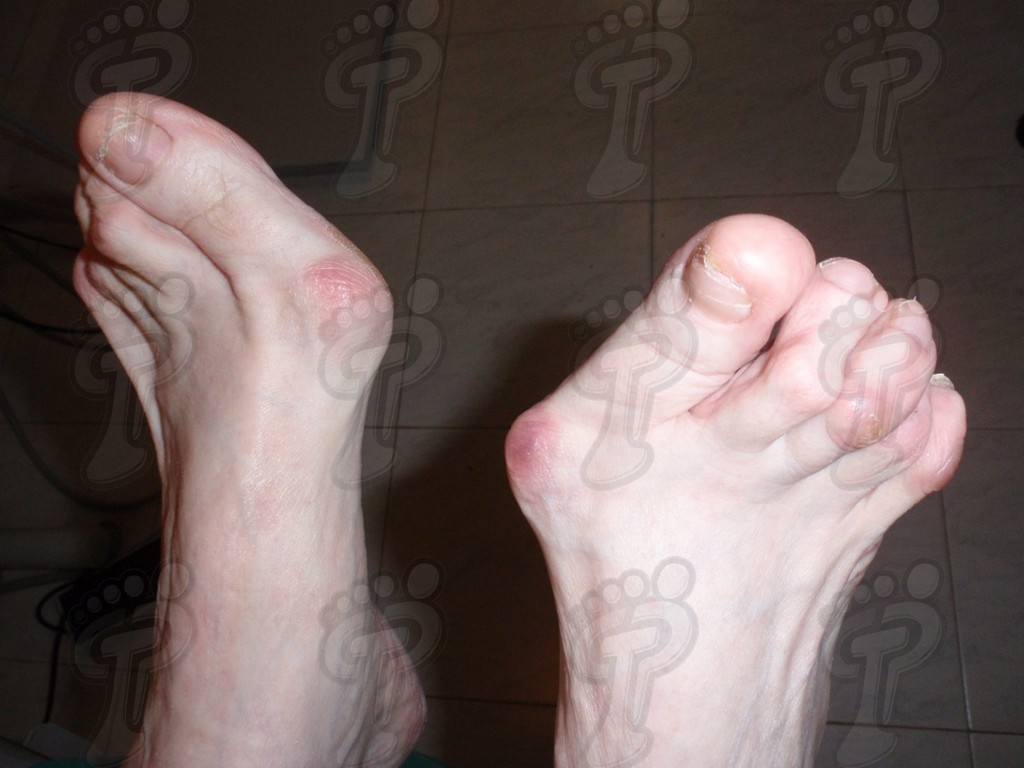
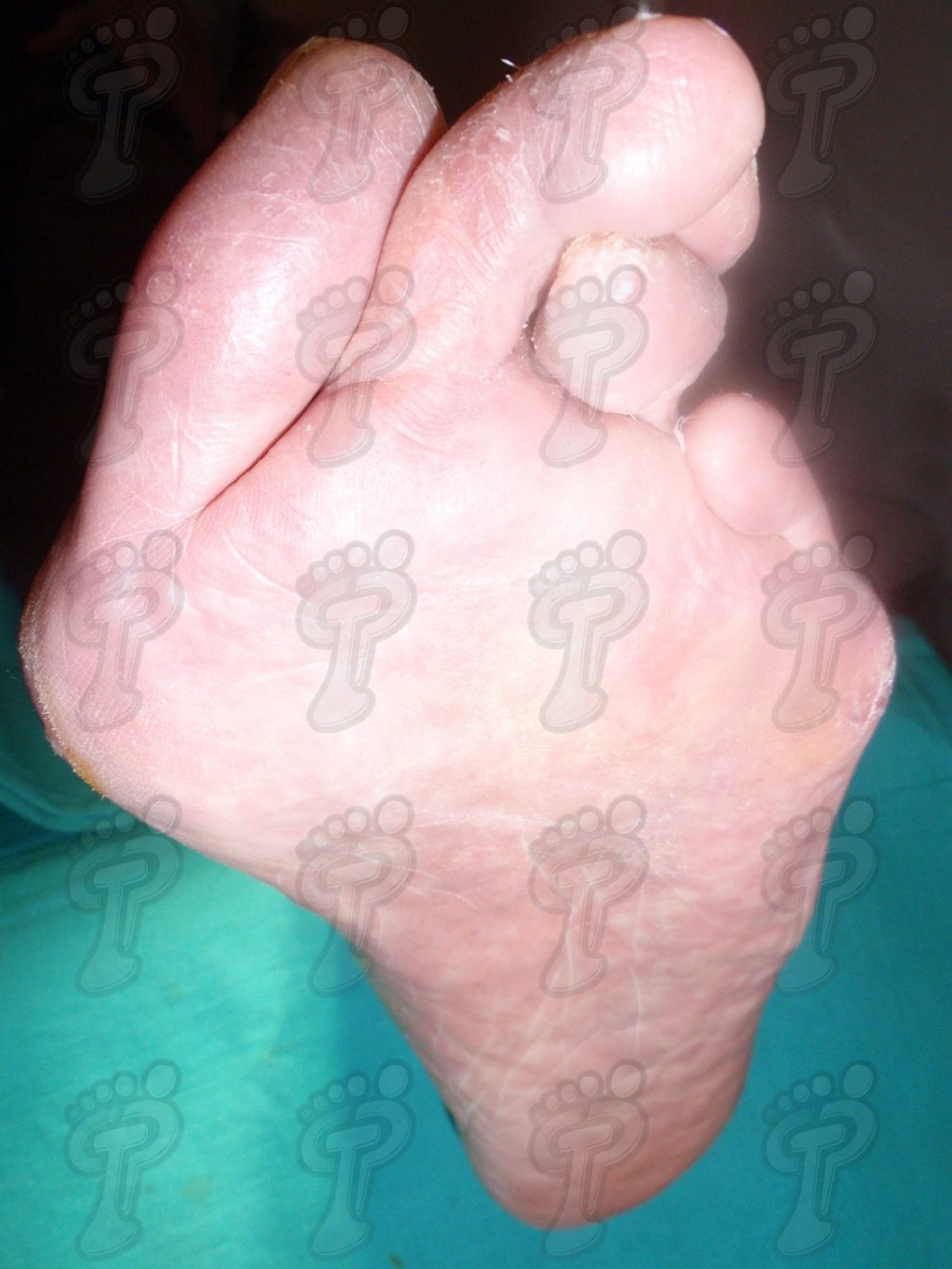
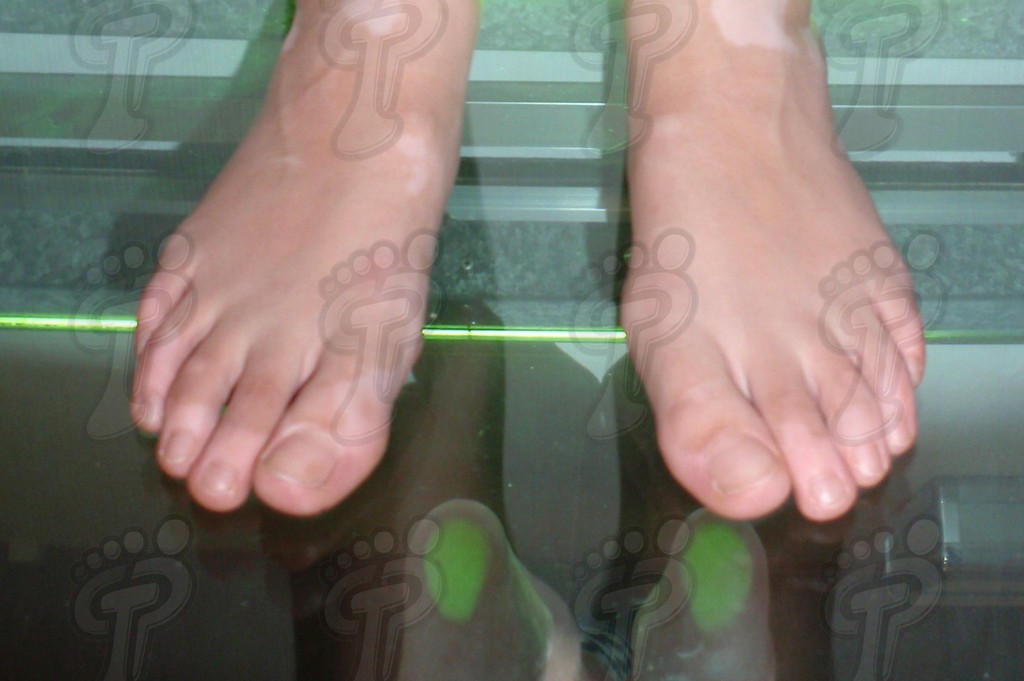





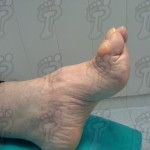
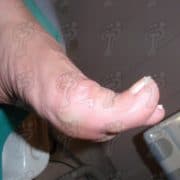
Leave a Reply
Want to join the discussion?Feel free to contribute!